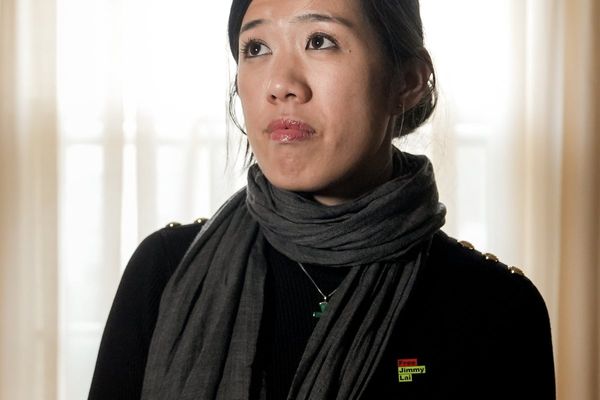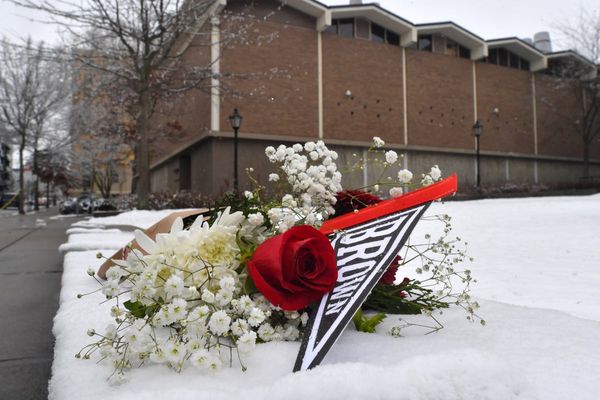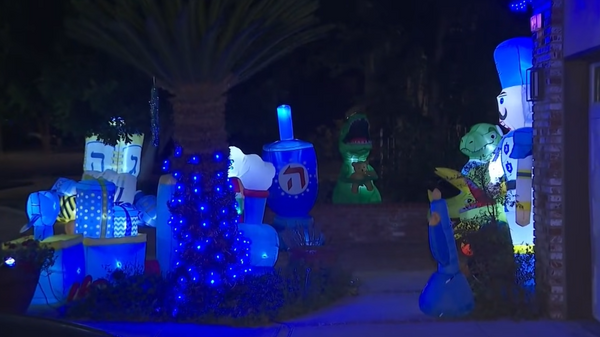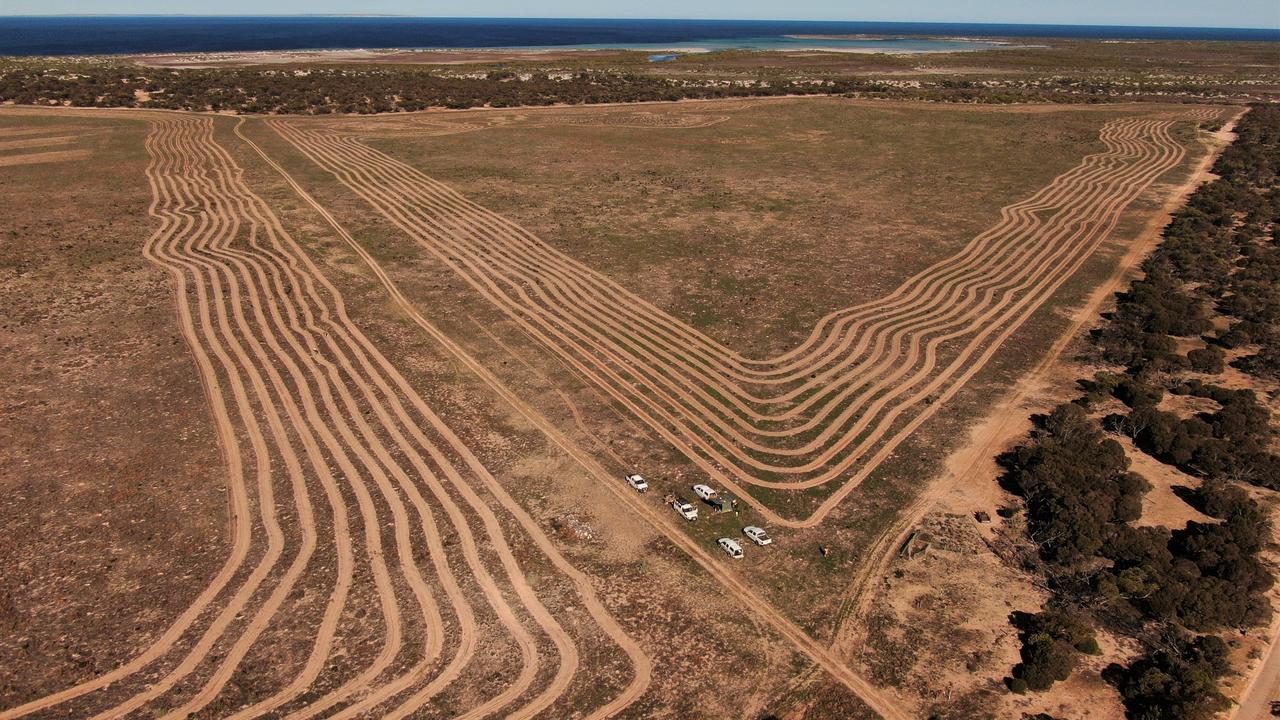
Dirt tracks weave across vast grazing country like arteries running through the landscape.
These dusty lines have been etched into the land on properties in South Australia's Eyre Peninsula by sophisticated machinery planting native drooping sheoak seeds in the rocky soil.
Conservationists are working to restore the region's critical sheoak woodland, much of which has been lost due to the species' short life span but with the deficit also exacerbated by livestock and pests eating its seeds and hampering natural regeneration.
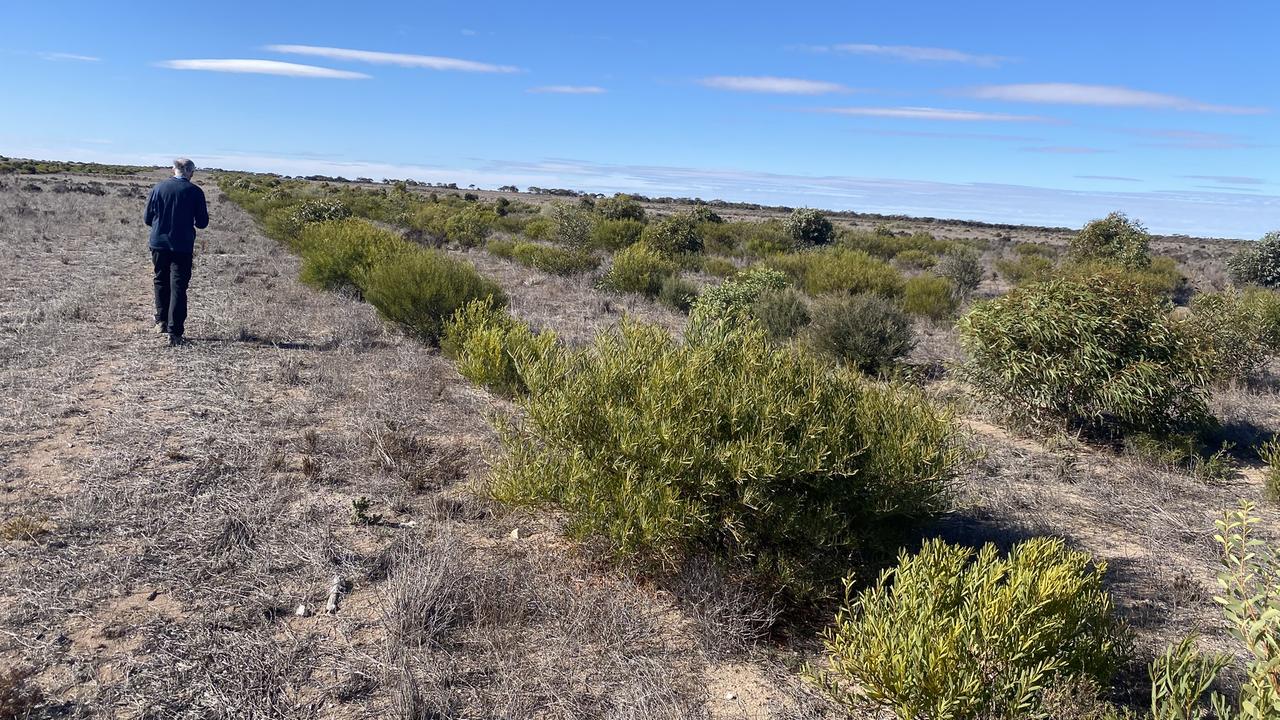
"We're not seeing any mature trees left in the landscape," according to Simon Bey, a program lead at not-for-profit Greening Australia.
"So now we're having to restore it by hand."
But supplies of sheoak seeds are beginning to dwindle as a result of the decline of native woodland and the drying effects of climate change on the quality of available stock, Mr Bey said.
"There's no doubt when we pick seed now, we're not getting what we used to."
Scientists and conservationists are sounding the alarm over a native seed shortage, warning it could prevent Australia meeting its commitment to protect and conserve 30 per cent of its landmass by 2030 in alignment with international targets.
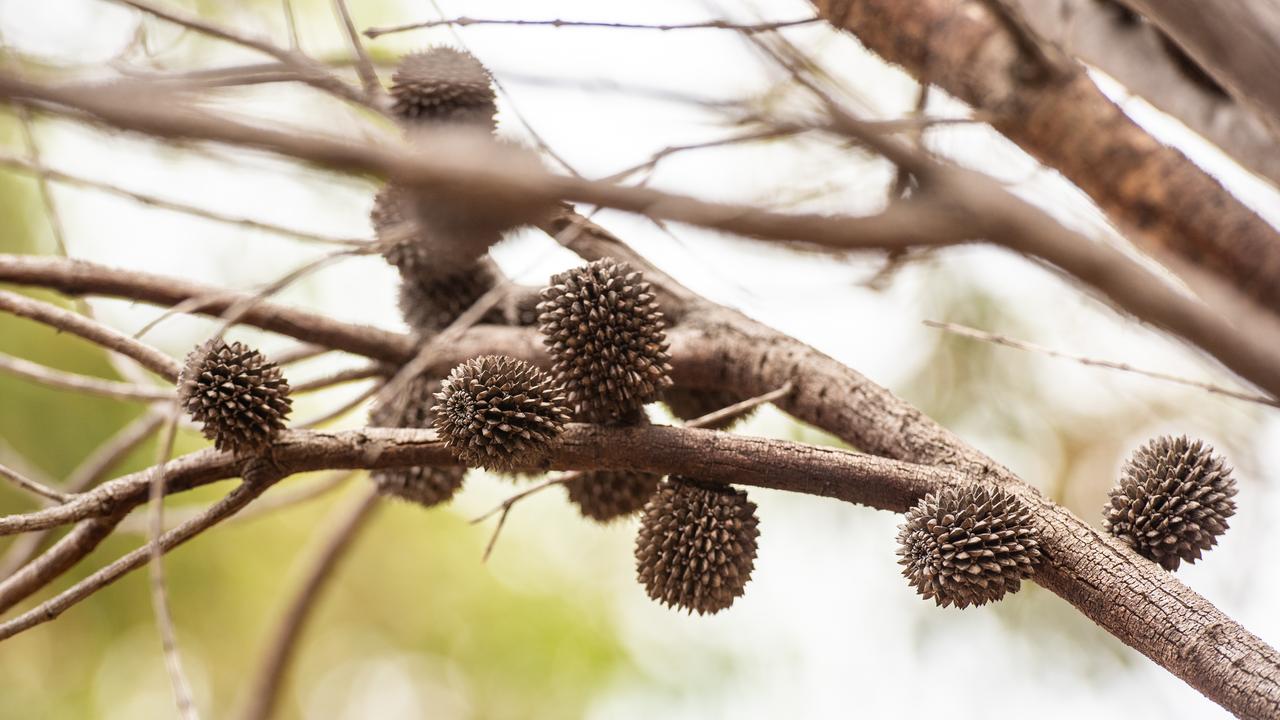
That represents about 15.6 million hectares across diverse landscapes.
At the same time, just 12 per cent of Australia's 25,000 native plants can be bought as seed, according to ecologist Rachael Gallagher from Western Sydney University.
Having knocked down trees to make way for agriculture, mining and housing over many decades, she says the nation is now relying on remaining native vegetation to produce the seeds for restoration.
"It's a little like robbing Peter to pay Paul," Professor Gallagher told AAP.
"We've pledged to do something and we don't have the resources to do it right.
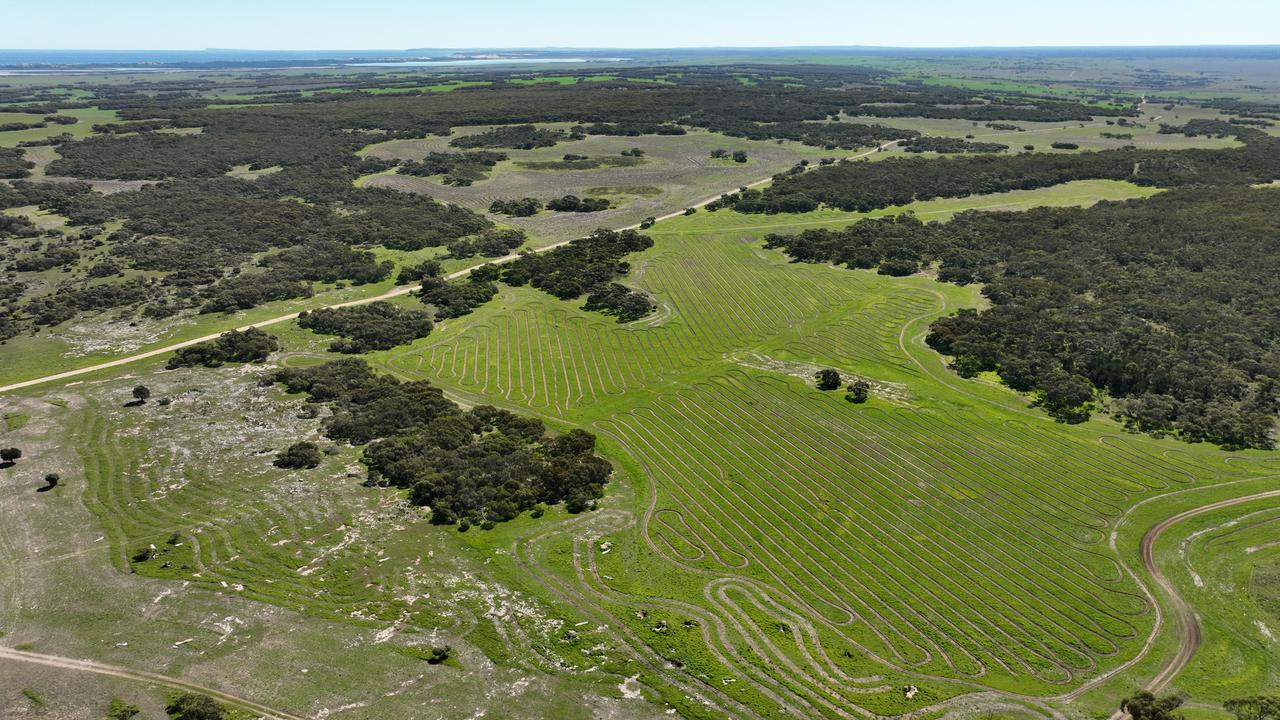
"We don't have good quality supply chains that are going to mean as we put vegetation back in ... it actually resembles what was taken."
The shortage could also undermine the government's efforts to pay landholders to restore the environment, including through the Nature Repair Market, Prof Gallagher said.
Environment Minister Murray Watt announced the market's first project in August, involving native tree-planting across 438 hectares on the NSW mid-north coast.
"Projects like these enable landholders to farm on productive areas of their land while revegetating cleared, less productive areas," Senator Watt said.
"This is important because replanting restores ecosystems and enhances long-term sustainability and resilience."
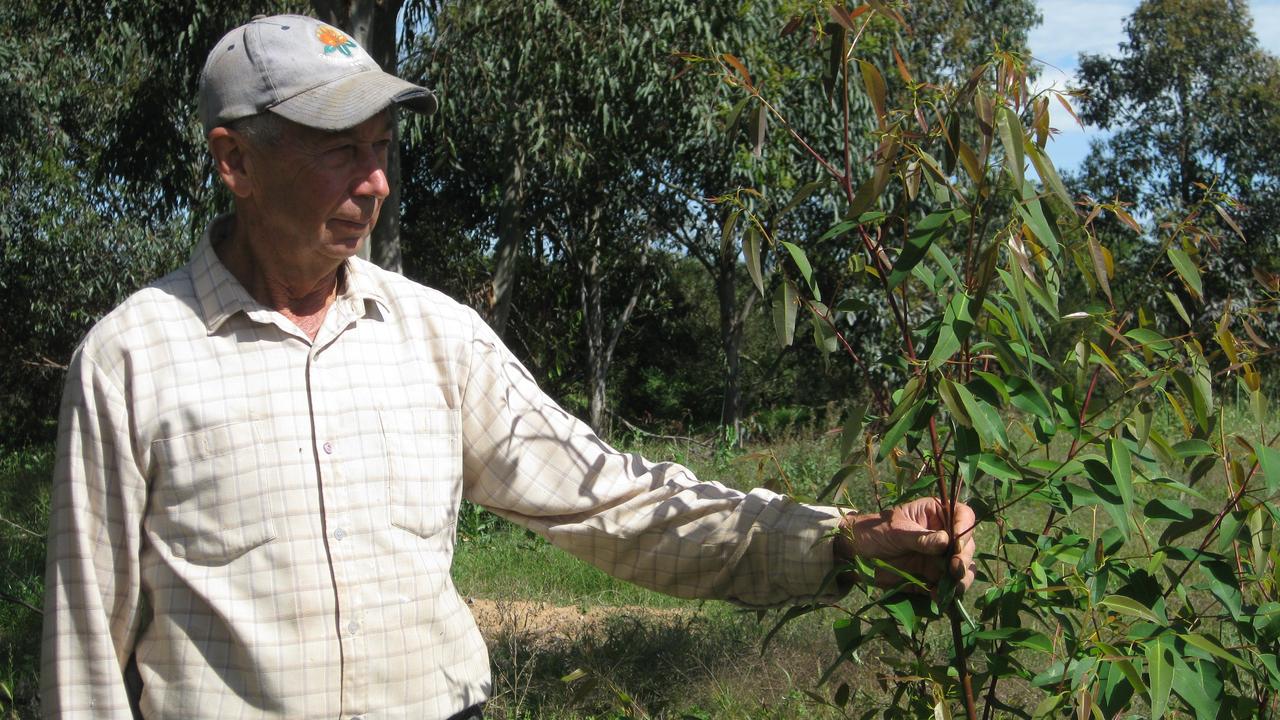
But Prof Gallagher said that without adequate native seeds, some revegetation efforts would lack environmental integrity.
"You're not restoring, you're just remaking vegetation," she said. "You're grabbing what you can and chucking it in the ground."
Her concerns were published in the scientific journal Nature Ecology and Evolution in mid-2025.
A statement provided by the environment department said recent consultations on proposed approaches to achieve the restoration targets included a focus on strengthening native seed and hatchery industries.
"Beyond seed supply, restoration faces a broad range of challenges that will require coordinated efforts," the statement said.
"A number of actions are already underway to address these, including the Nature Repair Market which is enabling investment in high-integrity biodiversity outcomes."
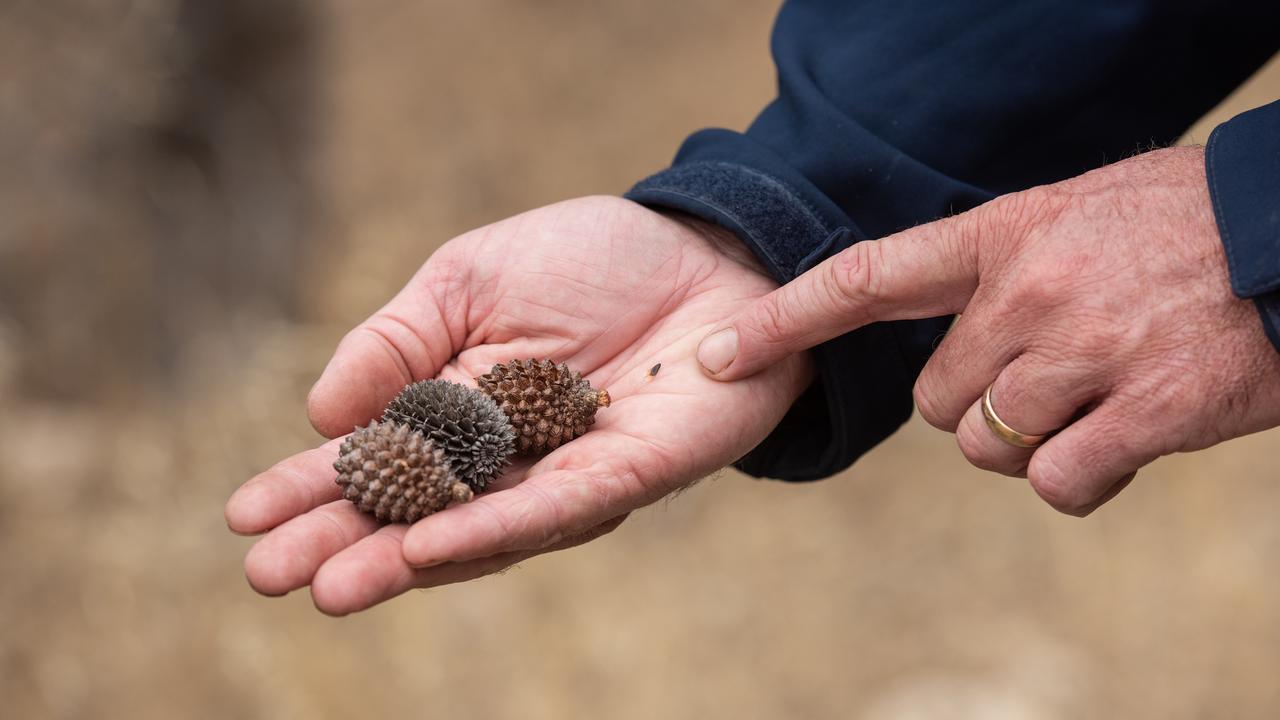
Nature Repair Market projects must abide by certain rules, according to the government's integrity standards, including the use of plants native to the local area.
Prof Gallagher urged the government to analyse the supply chain to ensure its sustainability, set aside land specifically for seed production and create incentives for organisations to get into the industry.
"And stop knocking down native vegetation like it's replaceable - it's not," she said.
"It should be left alone as much as possible."

